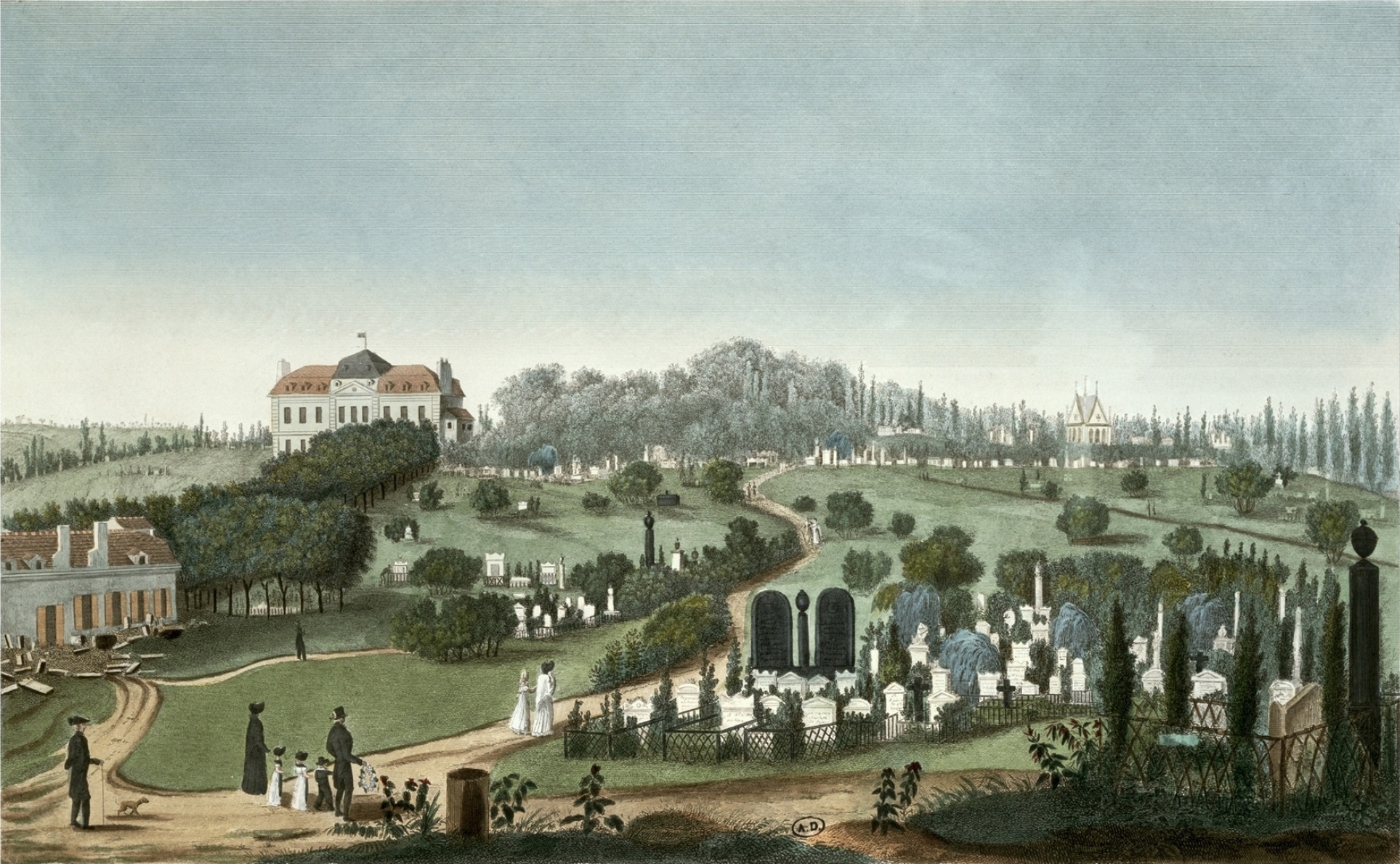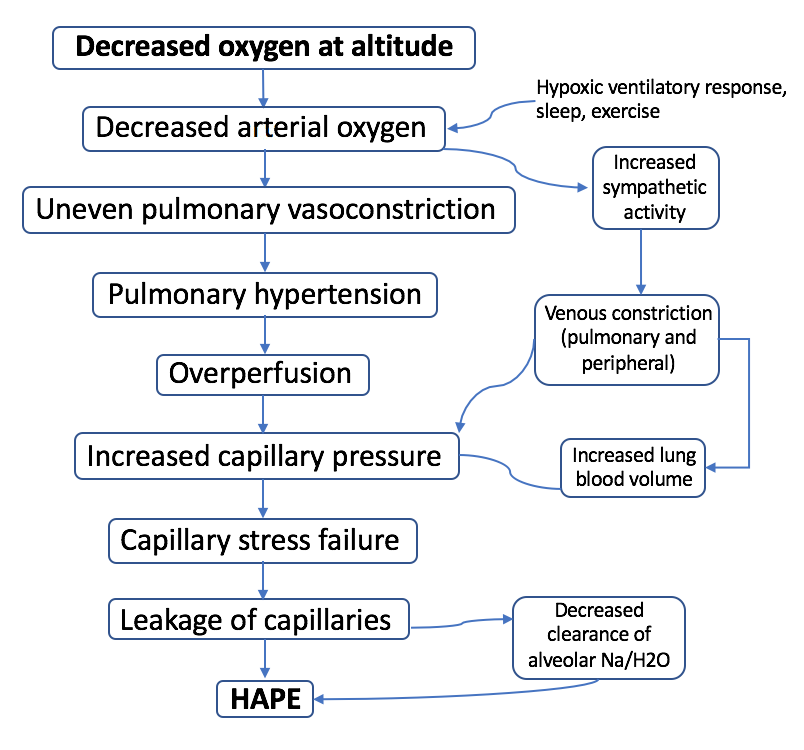|
Joseph Vallot
Joseph Vallot (; 16 February 1854 – 11 April 1925) was a French scientist, astronomer, botanist, geographer, Cartography, cartographer and Mountaineering, alpinist and "one of the founding fathers of scientific research on Mont Blanc". He is known mainly for his fascination with Mont Blanc and his work in funding and constructing a high-altitude observatory below its summit, and for the many years of study and research work that he and his wife conducted both there, and at their base in Chamonix. The observatory and adjacent Vallot Hut, refuge that he constructed for use by mountain guides and their clients attempting the Mont Blanc summit both still bear his name today, despite being rebuilt in modern times. He received many awards for his scientific achievements, including France's Legion of Honour. Life Joseph Vallot was born on 16 February 1854 at Lodève in southern France. His father was Émile Vallot and he had a cousin, Henri - both of whom Joseph collaborated profe ... [...More Info...] [...Related Items...] OR: [Wikipedia] [Google] [Baidu] |
Père Lachaise Cemetery
Père Lachaise Cemetery (, , formerly , ) is the largest cemetery in Paris, France, at . With more than 3.5 million visitors annually, it is the most visited necropolis in the world. Buried at Père Lachaise are many famous figures in the arts, including Miguel Ángel Asturias, Honoré de Balzac, Sarah Bernhardt, Georges Bizet, Frédéric Chopin, Colette, George Enescu, Max Ernst, Olivia de Havilland, Marcel Marceau, Georges Méliès, Amedeo Modigliani, Molière, Édith Piaf, Camille Pissarro, Marcel Proust, Gertrude Stein, Oscar Wilde, Richard Wright (author), Richard Wright, Sadegh Hedayat, Jim Morrison, and Michel Petrucciani. Many famous philosophers, scientists, and historical figures are buried there as well, including Peter Abelard, Pierre Bourdieu, Jean-François Champollion, Auguste Comte, Georges Cuvier, Joseph Fourier, Manuel Godoy, Georges-Eugène Haussmann, Jean-François Lyotard, Nestor Makhno, Maurice Merleau-Ponty, Jean Moulin, Henri de Saint-Simon, Jean-Bap ... [...More Info...] [...Related Items...] OR: [Wikipedia] [Google] [Baidu] |
Speleology
Speleology () is the scientific study of caves and other karst features, as well as their chemical composition, composition, structure, physical property, physical properties, history, ecology, and the processes by which they form (speleogenesis) and change over time (speleomorphology). The term ''speleology'' is also sometimes applied to the recreational activity of exploration, exploring caves, but this is more properly known as ''caving'', ''potholing'' (British English), or ''spelunking'' (United States and Canadian English). Speleology and caving are often connected, as the physical skills required for ''in situ'' study are the same. Speleology is a cross-disciplinary field that combines the knowledge of chemistry, biology, geology, physics, meteorology, and cartography to develop portraits of caves as complex, evolving systems. History Before modern speleology developed, John Beaumont (geologist), John Beaumont wrote detailed descriptions of some Mendip Hills, Mendip c ... [...More Info...] [...Related Items...] OR: [Wikipedia] [Google] [Baidu] |
High-altitude Pulmonary Edema
High-altitude pulmonary edema (HAPE) is a life-threatening form of non-cardiogenic pulmonary edema that occurs in otherwise healthy people at altitudes typically above . HAPE is a severe presentation of altitude sickness. Cases have also been reported between in people who are at a higher risk or are more vulnerable to the effects of high altitude. Classically, HAPE occurs in persons normally living at low altitude who travel to an altitude above . Re-entry HAPE is also an entity that has been described in persons who normally live at high altitude but who develop pulmonary edema after returning from a stay at low altitude. If HAPE is not treated, there is a 50% risk of mortality. Symptoms include crackling sounds when breathing, dyspnea (at rest), and cyanosis. There are many factors that can make a person more susceptible to developing HAPE, including genetic factors. The understanding of the risk factors and how to prevent HAPE is not clear. HAPE remains the major cause of ... [...More Info...] [...Related Items...] OR: [Wikipedia] [Google] [Baidu] |
Grands Mulets Hut
The Grands Mulets Hut ( French: ''Refuge des Grands Mulets'') is a mountain refuge in the Mont Blanc massif in the French Alps at an altitude of 3,051 m. It is owned by the Club Alpin Francais. The hut is located on a pyramidal rock island, at the junction of two streams of the Bossons Glacier on the north side of Mont Blanc. If the state of the glacier is not too severe, the hut is wardened in summer and can be used as an alternative route of ascent to the summit of Mont Blanc, following the original historic route by the first ascensionists. Nowadays the hut is used more frequently by ski-mountaineers in spring, or as a more sheltered and alternative route of descent from Mont Blanc than the much more popular Goûter route, though route-finding can be difficult in fog and requires prior knowledge of the crevassed state of the Bossons glacier below the hut. The first Grands Mulets hut was built in 1853, then replaced in 1896. The current refuge was built in 1960 and inaug ... [...More Info...] [...Related Items...] OR: [Wikipedia] [Google] [Baidu] |
Environs De Chamonix - Carte 20000eme - 1907
{{disambig ...
Environ or environs may refer to: * Environ (Loft), a New York performance space * Ramboll Environ, or ''ENVIRON'', a consulting firm in Arlington, Virginia * ''Environs'' (journal), a student-run law review covering environmental subjects * Environs, or surroundings, the area around a given physical or geographical point or place See also * * * Environment (other) Environment most often refers to: __NOTOC__ * Natural environment, referring respectively to all living and non-living things occurring naturally and the physical and biological factors along with their chemical interactions that affect an organism ... [...More Info...] [...Related Items...] OR: [Wikipedia] [Google] [Baidu] |
Joseph Vallot Cartography
Joseph is a common male name, derived from the Hebrew (). "Joseph" is used, along with " Josef", mostly in English, French and partially German languages. This spelling is also found as a variant in the languages of the modern-day Nordic countries. In Portuguese and Spanish, the name is "José". In Arabic, including in the Quran, the name is spelled , . In Kurdish (''Kurdî''), the name is , Persian, the name is , and in Turkish it is . In Pashto the name is spelled ''Esaf'' (ايسپ) and in Malayalam it is spelled ''Ousep'' (ഔസേപ്പ്). In Tamil, it is spelled as ''Yosepu'' (யோசேப்பு). The name has enjoyed significant popularity in its many forms in numerous countries, and ''Joseph'' was one of the two names, along with ''Robert'', to have remained in the top 10 boys' names list in the US from 1925 to 1972. It is especially common in contemporary Israel, as either "Yossi" or "Yossef", and in Italy, where the name "Giuseppe" was the most common m ... [...More Info...] [...Related Items...] OR: [Wikipedia] [Google] [Baidu] |
Aiguille Du Dru
The Aiguille du Dru (also the Dru or the Drus; French, Les Drus) is a mountain in the Mont Blanc massif in the French Alps. It is situated to the east of the village of Les Praz in the Chamonix valley. "Aiguille" means "needle" in French. The mountain's highest summit is: * ''Grande Aiguille du Dru'' (or the ''Grand Dru'') 3,754 m Another, slightly lower sub-summit is: * ''Petite Aiguille du Dru'' (or the ''Petit Dru'') 3,733 m. The two summits are on the west ridge of the Aiguille Verte (4,122 m) and are connected to each other by the ''Brèche du Dru'' (3,697 m). The north face of the ''Petit Dru'' is considered one of the six great north faces of the Alps. The southwest "Bonatti Pillar" and its eponymous climbing route were destroyed in a 2005 rock fall. Ascents The first ascent of the ''Grand Dru'' was by British alpinists Clinton Thomas Dent and James Walker Hartley, with guides Alexander Burgener and K. Maurer, who climbed it via the south-east face on 12 September ... [...More Info...] [...Related Items...] OR: [Wikipedia] [Google] [Baidu] |
Société Géologique De France
The Société géologique de France (SGF) is a French learned society founded on 17 March 1830. As of 2006, it counts 1,200 members. History At its creation, its statutes indicate is to "compete for the advancement of Earth Sciences and Planets, both in itself and in its relations with industry, agriculture, environment And Education". At that time, geology was mainly undertaken in France under the aegis of the Corps des Mines and the Academy of Sciences. In August 1830 the company was presented to the new King who had arrived on the road after the revolution of July 1830. Constant Prévost in this presentation on the freedom of action and thought of the members of the society "Sire, to become flourishing, the sciences need freedom". This liberty is not sought with regard to political power, nor to other scientific institutions, particularly the Academy of Sciences and the General Secretariat Georges Cuvier Jean Léopold Nicolas Frédéric, baron Cuvier (23 August 1769 – ... [...More Info...] [...Related Items...] OR: [Wikipedia] [Google] [Baidu] |
Pyrenees
The Pyrenees are a mountain range straddling the border of France and Spain. They extend nearly from their union with the Cantabrian Mountains to Cap de Creus on the Mediterranean coast, reaching a maximum elevation of at the peak of Aneto. For the most part, the main crest forms a divide between Spain and France, with the microstate of Andorra sandwiched in between. Historically, the Crown of Aragon and the Kingdom of Navarre extended on both sides of the mountain range. Etymology In Greek mythology, Pyrene is a princess who gave her name to the Pyrenees. The Greek historian Herodotus says Pyrene is the name of a town in Celtic Europe. According to Silius Italicus, she was the virgin daughter of Bebryx, a king in Mediterranean Gaul by whom the hero Hercules was given hospitality during his quest to steal the cattle of Geryon during his famous Labours. Hercules, characteristically drunk and lustful, violates the sacred code of hospitality and rapes his host's ... [...More Info...] [...Related Items...] OR: [Wikipedia] [Google] [Baidu] |
Senegal
Senegal, officially the Republic of Senegal, is the westernmost country in West Africa, situated on the Atlantic Ocean coastline. It borders Mauritania to Mauritania–Senegal border, the north, Mali to Mali–Senegal border, the east, Guinea to Guinea–Senegal border, the southeast and Guinea-Bissau to Guinea-Bissau–Senegal border, the southwest. Senegal nearly surrounds The Gambia, a country occupying a narrow sliver of land along the banks of the Gambia River, which separates Senegal's southern region of Casamance from the rest of the country. It also shares a maritime border with Cape Verde. Senegal's capital is Dakar. Senegal is the westernmost country in the mainland of the Old World, or Afro-Eurasia. It owes its name to the Senegal River, which borders it to the east and north. The climate is typically Sahelian, though there is a wet season, rainy season. Senegal covers a land area of almost and has a population of around 18 million. The state is a Presidential system ... [...More Info...] [...Related Items...] OR: [Wikipedia] [Google] [Baidu] |
Corsica
Corsica ( , , ; ; ) is an island in the Mediterranean Sea and one of the Regions of France, 18 regions of France. It is the List of islands in the Mediterranean#By area, fourth-largest island in the Mediterranean and lies southeast of the Metropolitan France#Hexagon, French mainland, west of the Italian Peninsula and immediately north of the Italian island of Sardinia, the nearest land mass. A single chain of mountains makes up two-thirds of the island. , it had a population of 355,528. The island is a Single territorial collectivity, territorial collectivity of France, and is expected to achieve "a form of autonomy" in the near future. The regional capital is Ajaccio. Although the region is divided into two administrative Departments of France, departments, Haute-Corse and Corse-du-Sud, their respective regional and departmental Territorial collectivity, territorial collectivities were merged on 1 January 2018 to form the single territorial collectivity of Corsica. Corsican aut ... [...More Info...] [...Related Items...] OR: [Wikipedia] [Google] [Baidu] |





